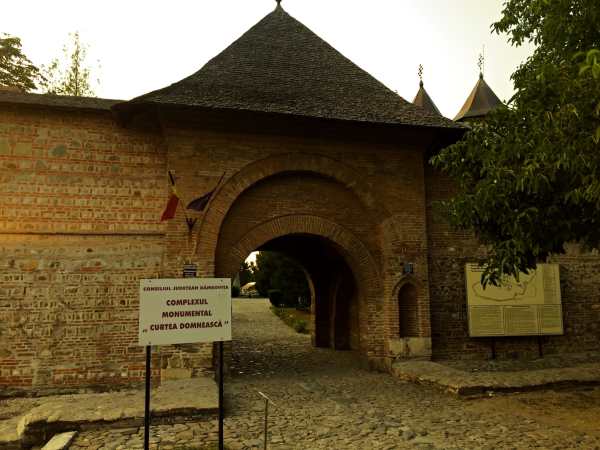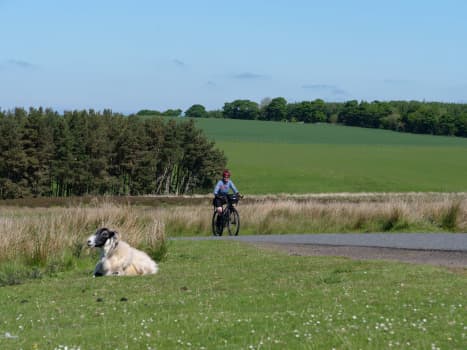Blog
Searching for Dracula in Transylvania
The name Transylvania brings forth imagery of a mythical realm of ghosts and ghouls to many western minds. Forests shrouded in perpetual darkness, teeming with werewolves, ancient castles ruled by bloodsucking undead, putrid dungeons holding captive the unlucky victims who will become their nightly morsels, and of course their infamous draconic leader, the count, Dracula. It’s hard to think of a place associated with more ghastly lore and fantasy. The Count came to life at end of the 19th century with the help of Bram Stocker and his horror novel, plainly titled, Dracula.

Though a vampiric craze, fed by numerous fantasy novels and helped by a suspicion of eastern Europe, had already taken hold in the west, Stocker’s story never really found success in his own life time. It was 20 years after his creator’s death that the Prince of Hell would rise from his torpid sleep and reach the stardom he deserved, at the hand of Universal Studios and their film adaptation of the story. Since then countless sequels, spinoffs, novels, comics, and plays have cemented Dracula on the throne of horror fiction. With so much popularity it’s not surprising that even such things as Dracula tourism and Dracula historians have carved a niche in the blood pie.

So what does any of this have to do with cycling? Well Transylvania is actually a real place in the world, roughly centered around the Carpathians mountains crossing Romania, about a week of the TDA Orient Express is spent crossing through the heart of it, and if you’re a Dracula die hard, or just enjoy medieval history, you’ll know that the inspiration for the novel came from the real 15th century bloodthirsty Romanian (then called Wallachia) prince, Vlad Dracul, the Impaler. His favourite method of disposing with enemies, some historians estimate over 100,000 people, was by impaling them on spears outside his fortresses and leaving them as a warning to those that dared to oppose him. Though his rule was only for a short 6 years, his fame for violence and brutality quickly spread to foreign lands and well before Stoker’s Dracula he was already the influence for horror novels in neighbouring German speaking territories.

The tour picks up on Dracula’s trail on the 6th riding day through Transylvania, coming down from the high peaks of the Carpathians and heading towards Curtea de Arges. After the mountain descent and just before Arges we pass the Poenari Fortress and the nearby village of Arefu. Vlad Dracul made the 13th century castle his home for a while before being driven out by Ottoman armies. The tale is that he made his escape through secret passages and hid out in the village of Arefu nearby. The old castle is now but ruins perched on the tops of hills but can be accessed by a long 1400 step pathway, easily done if you’ve cycled there from Paris.

The following day you can explore the Curtea Domneasca (Princely Court) in Targoviste, the former capital of Vlad’s rule and the site where he impaled many of the treacherous Wallachian counts and lords to take total control of the kingdom. The site is also home to many museums as well. Finally in Bucharest are the remains of the Old Princely Court, in the old town, ordered to be built by Vlad the Impaler himself, and supposedly the site of his former extensive underground dungeon where his prisoners were kept. For the true Dracula fanatics a trip to Snagov Monastery, 25km north of Bucharest, cannot be missed. Large stone walls and a tower were built around the old church by Vlad Dracul and more importantly is claimed to contain the actual remains of the bloodthirsty prince. The site can be accessed by a pedestrian bridge as it is on an island in the middle of a lake.

In Brad Stocker’s novel the aristocratic count also catches the travel bug and spends most of his time in England looking for fresh blood and new converts and fittingly enough he leaves his Transylvanian homelands by boat through the way of Varna on the Black Sea. Surely that must earn us some real cred in the hearts of the Dracula fraternity.
 REGISTER NOW
REGISTER NOW




Leave a Comment for "Searching for Dracula in Transylvania"